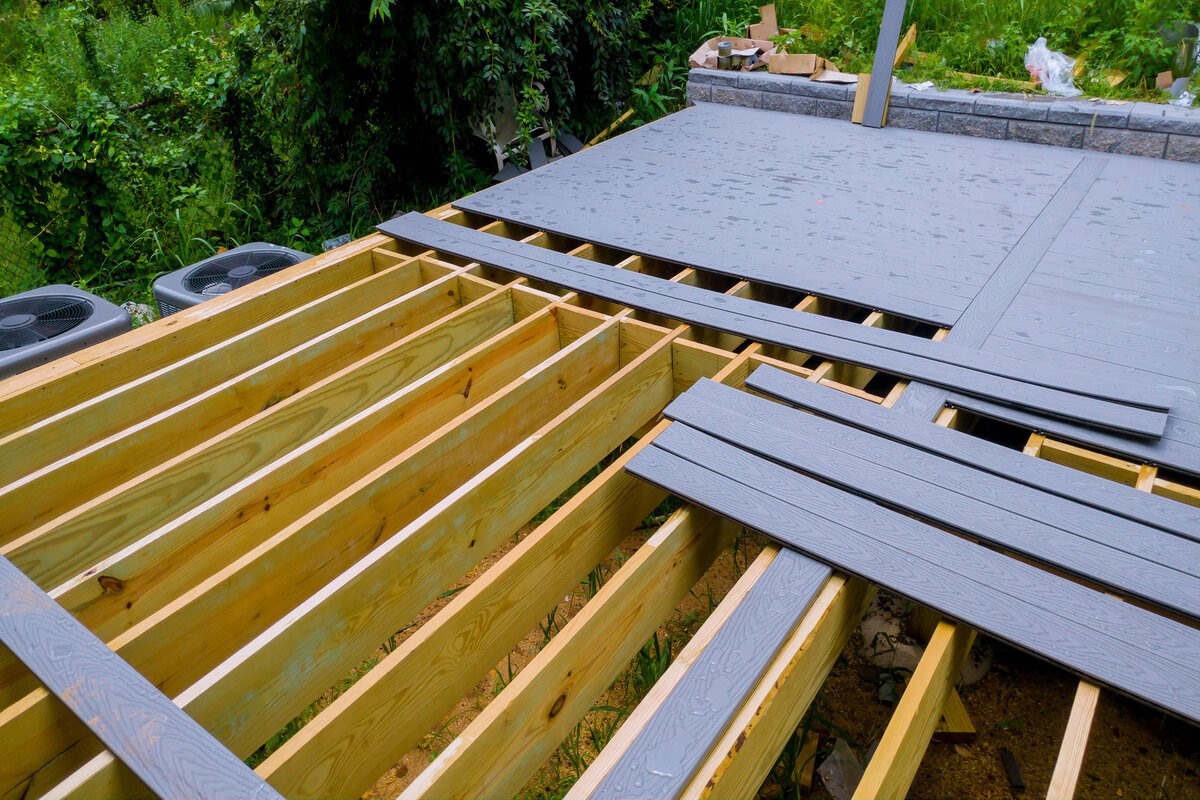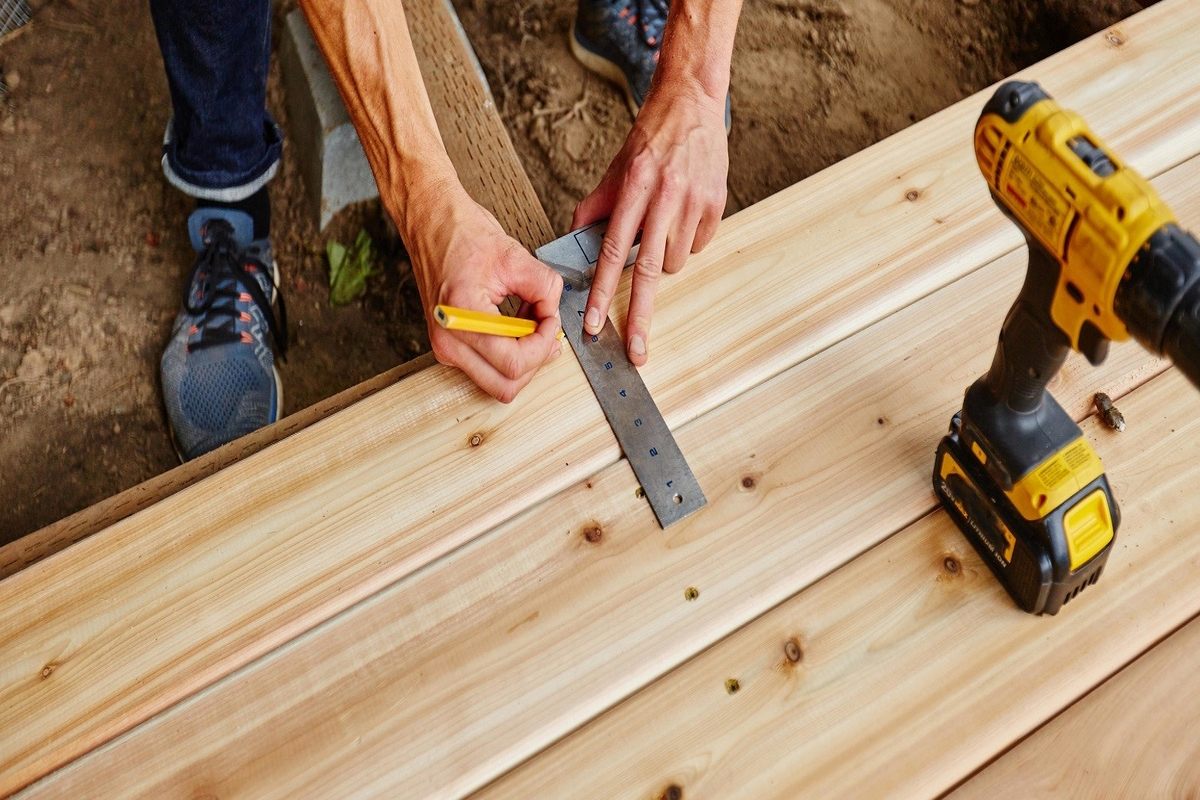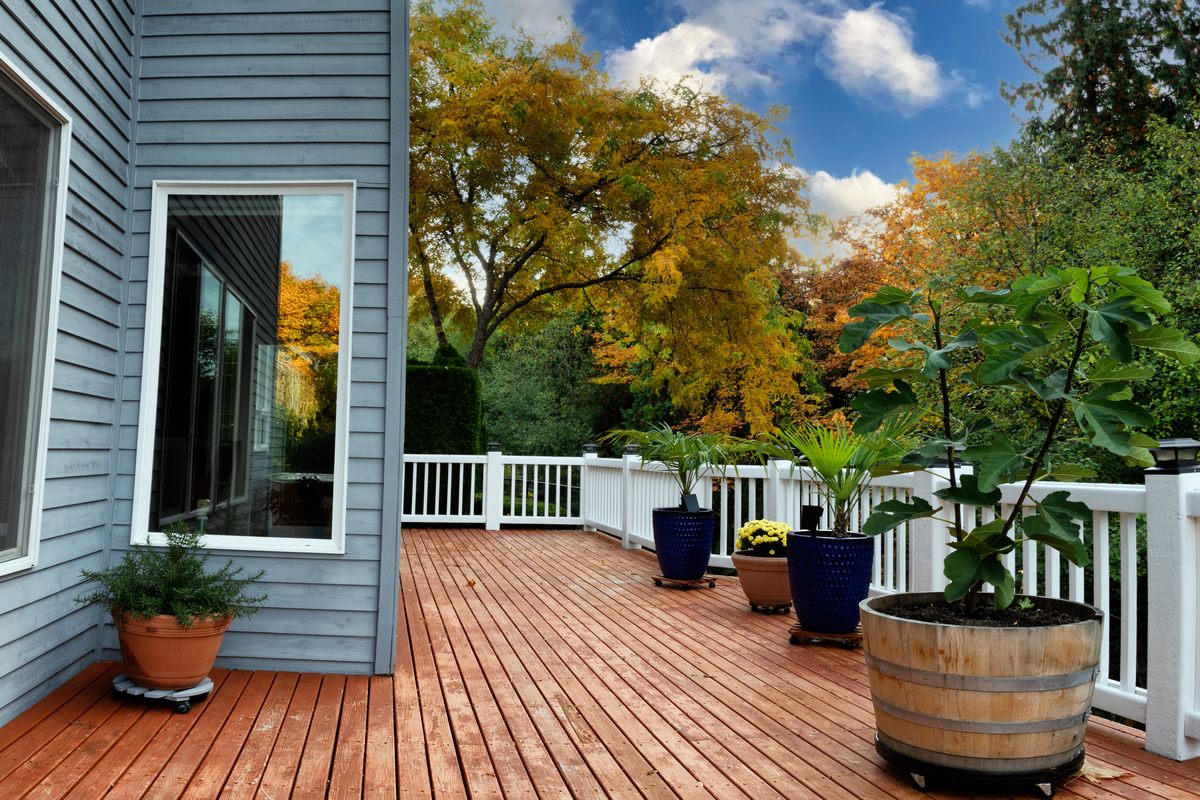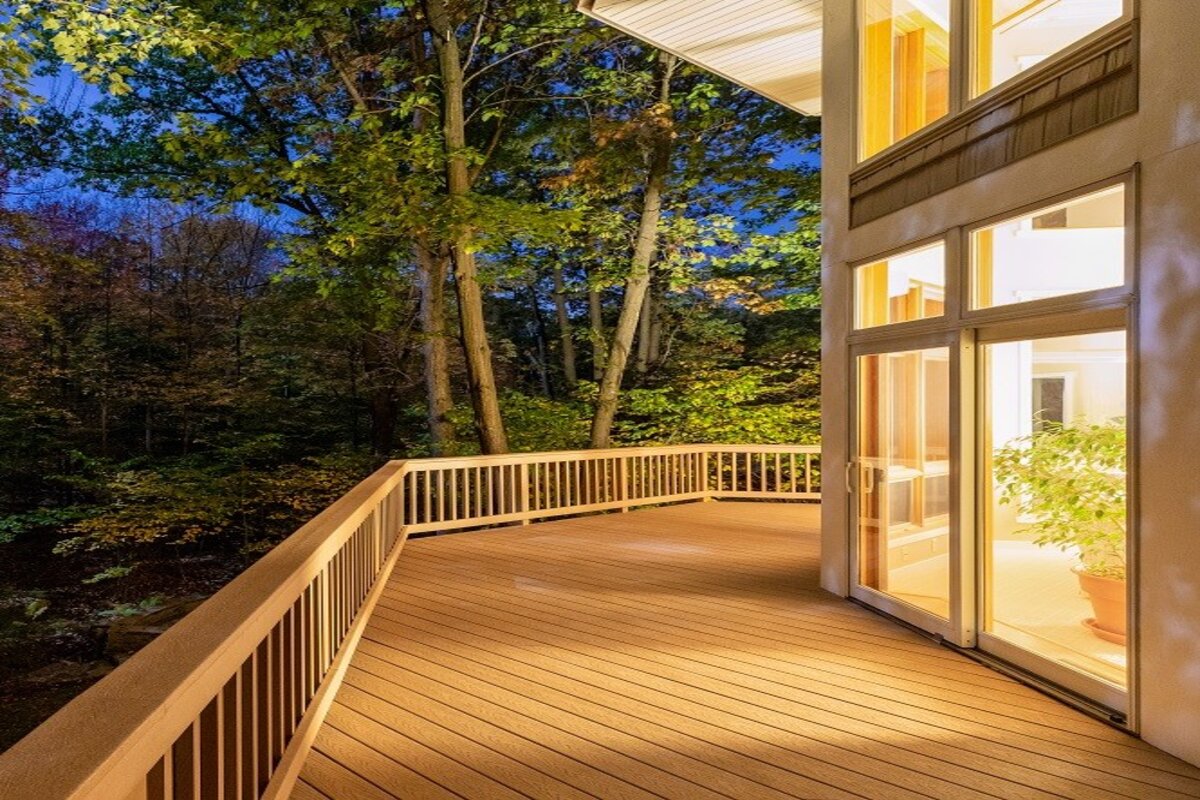Composite decking, a popular choice among homeowners for its durability and low maintenance, also experiences expansion and contraction due to temperature changes, although to a much lesser degree than other materials like wood or PVC. While this might seem concerning, the actual movement is quite minimal and can be managed effectively with the right installation techniques. Let’s dive into the details of how composite decking behaves and the best practices to ensure it remains in top condition.
So, Can Composite Decking Expand & Contract?
Yes, composite decking can expand and contract, just like any other material exposed to varying weather conditions. However, the degree of this movement is relatively minor, especially with the TimberTech composite decking we use. For example, a 16-foot board might expand only 3/16 of an inch. This expansion occurs lengthwise, meaning the boards get slightly longer but not wider.
This minimal expansion is why composite decking remains a popular choice. Unlike wood, which can expand significantly, causing visible gaps or even warping, composite decking’s expansion is typically negligible. The boards remain 5 1/2 inches wide, with only a slight increase in length. This controlled movement ensures that your deck maintains its structural integrity and aesthetic appeal over time.
How We Manage Expansion and Contraction
To address the slight expansion and contraction of composite decking, specific installation techniques are crucial. Here’s how we ensure your deck remains stable and visually pleasing:
- Securing the Ends: One of the primary ways we combat expansion is by securing the decking boards on both ends. By affixing them tightly, we prevent the boards from freely expanding and contracting, which could otherwise cause issues like waviness at the ends.
- Using Hidden Fasteners: Unlike wood decking, which is typically screwed down at every joist, composite decking often uses hidden fasteners. These fasteners hold the boards securely in place, allowing for controlled expansion without the need for visible screws across the deck surface.
- End Screws: Additionally, composite decking boards are often screwed at the ends. This extra measure locks the boards in place, further controlling any residual expansion and preventing the movement from becoming noticeable.
- Combatting Waviness: To prevent waviness at the ends of the boards due to expansion, we make sure that the ends are not free to float. The boards are screwed down at both ends, stopping any residual expansion and ensuring a smooth, even surface.
Comparing Composite Decking with Wood and PVC Decking
It’s essential to understand how composite decking compares to other materials, particularly wood and PVC, regarding expansion and contraction:
- Wood Decking: Wood naturally expands and contracts more than composite materials. However, wood decking is typically screwed down at every joist, which helps control this movement. With wood, the screws are placed every 12 or 16 inches, depending on your joist spacing, ensuring that the expansion is managed effectively.
- PVC Decking: PVC decking, on the other hand, is prone to significant expansion and contraction based on temperature fluctuations. Unlike composite decking, PVC can expand and contract wildly, which can lead to problems such as curving or even breaking screws if not installed correctly. For PVC decks, we recommend using 12-inch centers on the joists and screwing and plugging every single joist to manage the expansion effectively. If PVC decking is not handled properly, the forces of expansion and contraction can be so strong that they may break screws at the ends or cause the boards to curve.
Why Composite Decking is a Reliable Choice
Despite the potential for slight expansion and contraction, composite decking remains a top choice for many homeowners due to its overall stability and low maintenance requirements. Unlike wood, which requires regular treatment to prevent warping, or PVC, which can react unpredictably to temperature changes, composite decking provides a balanced solution. Its minimal expansion is easily managed with proper installation, ensuring your deck remains beautiful and functional for years to come.
In Summary
While composite decking does expand and contract, the movement is minimal and well within manageable limits, especially when compared to wood or PVC decking. With proper installation techniques, such as securing the ends and using hidden fasteners, we can ensure that your composite deck remains stable and visually appealing throughout the seasons.
If you’re considering installing a composite deck and want to learn more about how we can help, contact us today. We’re here to ensure your deck is built to last, with all the beauty and durability that composite decking offers.






